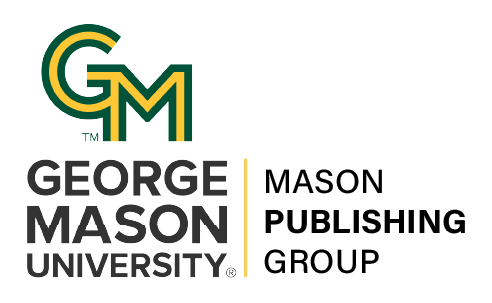For GTA's: Teaching Strategies for Graduate Teaching Assistants
DOI:
https://doi.org/10.13021/itlcp.2019.2620Abstract
NOTE: This is a co-located workshop, meaning that it is open to both ITL attendees and the broader Mason community. You do not have to be registered for the conference to attend this session. If you do plan to attend, please register for this event (ITL attendees please also register through this link so you receive follow up materials from the session).
Are you new to teaching or an experienced graduate teaching assistant (GTA)?
Do you serve in a support capacity (office hours, review sessions, grading, etc.) or serve as the instructor (leading a lab section, teaching a lecture or recitation section, etc.)?
The semester has started and as a GTA, you are in the thick of working with students, trying to enable their learning. This session aims to provide some "just in time" support for the questions and concerns that you may have now that you are teaching and working with students. The first part of this session is designed to provide a broad framework for how people learn and what it means to teach through some short interactive activities. The second part will provide practical strategies and tips that you can use next week in the classroom or working with your students. There will also be time for Q&A.




